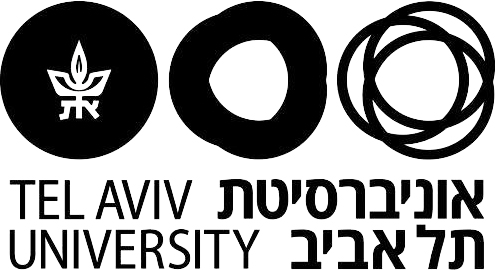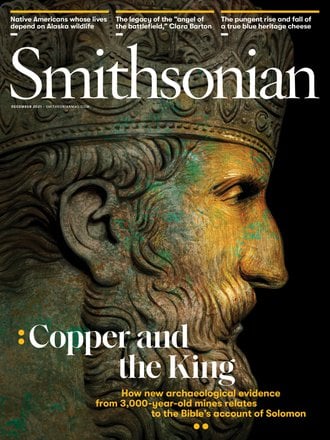The Central Timna Valley Project (CTV)

The Sonia and CCddC Marco Nadler Institute of Archaeology, Tel Aviv University Graduate Program in Archaeology and Archaeomaterials
Commenced in 2012, the Central Timna Valley (CTV) Project of Tel Aviv University is a multi-year multidisciplinary research attempting to elucidate various aspects of the archaeological record in the vicinity of the copper ore deposits of the southern Aravah. The first phase of the project includes new excavations and surveys designed to address a number of critical issues in the Late Bronze and Iron Age archaeology of the southern Levant. These include the history of copper production technology and the introduction of iron, historical issues concerning the nature of 13th – 9th c. BCE desert societies and the impact of the intense copper production on social processes, regional and global political interactions and the economy of the southern Levant at that period.

The focus of the first field seasons (2013) has been Site 34 (“The Slaves’ Hill” / “Giv‘at Ha‘avadim”), one of the largest smelting camps in the Timna Valley (click here for a KMZ file), in addition to two mining fields near the Merkavot Site that represent the two common types of mines in the region: shafts & galleries and open pits (click here for a KMZ file). One of the biggest challenges of the new project is the question of chronology. As recent research at Site 30 clearly demonstrated (Ben-Yosef et al. 2012), the previously accepted ‘Egyptian paradigm’, according to which the main sites in the valley should be dated to the Late Bronze Age – Egyptian New Kingdom period, is no longer valid. Site 30 is now dated to the early Iron Age (11th – 9th c. BCE) and the date of the other main smelting camps, as well as the thousands of mine shafts, is now insecure. In order to address this problem we apply high resolution radiocarbon dating to short lived organic samples from the smelting sites and OSL dating to sediments in the mines. Both methods are promising, as the preservation of organic materials in the arid environment of Timna is extraordinary and the sediments blocking the mine shafts are mostly fine grained quartz, a suitable material for OSL experiments.
Site 34 was previously surveyed by Nelson Glueck (1934) and the Arava Expedition of Rothenberg (1959-1961), but it is only now that the first detailed mapping and systematic excavations take place. When asked why he did not conduct excavations at this key site in the center of the Timna Valley, Rothenberg argued that it was kept for the next generation, to be investigated using new methods and different methodologies. Indeed, the design of the CTV Project is a consequence of this visionary approach.
The CTV Project is supported by the Yad Hanadiv Foundation, the Marie Curie FP7-PEOPLE-2012-CIG grant #334274 and the Israel Science Foundation grants #1880/17 and #408/22.

Map of the Copper Ore Distrcit of the Timna Valley (10x12km); sites investigated as part of the CTV Project are marked, including "Merkavot" Mining Fields, Timna 34, Timna 3, Timna 15, Timna 30, Timna 35, Timna 12, The Crocodile Site and Timna 200


